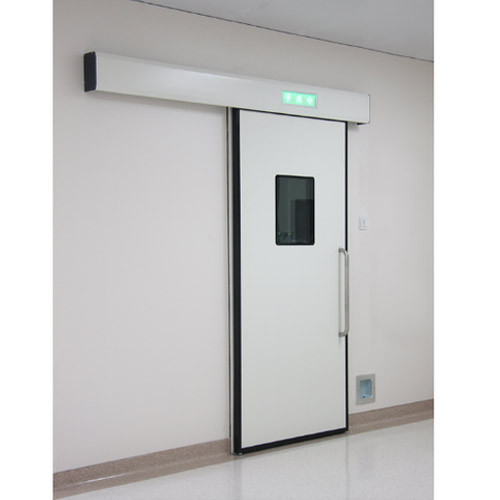A sliding door to the kitchen is used to equip a small room or carry out its zoning. Despite the fact that this design looks neat and compact, its installation will require free space on the walls of the kitchen.
Sliding door design
Since the houses have different layouts, several types of sliding doors systems have been designed for them. This makes it easy to choose the most optimal product option for closing the opening in the kitchen.
Today, the consumer can purchase sliding doors of this type:

- Overhead. Installed without violating the integrity of the walls. All units and mechanisms are mounted on the wall. The canvases move along the opening. When the door is opened, part of the wall is blocked. In this place, furniture is not placed close to it, paintings are not hung. The sockets and switches are carried over as they are not accessible when the door is open.
- Built-in. The canvas moves only inside the opening. A pencil case for a sliding door is equipped for opening. This process is associated with partial demolition of the wall. After the pencil case is installed, it is sealed with drywall. Drywall can be finished with putty, paint, panels, tiles or wallpaper. This design does not imply any restrictions on the arrangement of furniture. However, heavy things should not be hung on the outside of the pencil case.
- Sliding. When the door is opened, the leaves fold in and retract into a pre-equipped niche. The niche goes deep into the wall or is installed outside. It depends on the layout of the apartment and the thickness of the walls.
Depending on the width of the doorway, one or two canvases are installed. The width of the leaf varies between 50-150 cm.
Single-leaf doors are installed solely for the purpose of isolating the kitchen for as long as it is needed. The dual system has a wider range of applications. In addition to blocking the passage to the kitchen, it is used for zoning rooms. Double doors are used to connect or disconnect the kitchen and dining area, dining room and living room. Depending on the situation, the sash rolls back completely, blocking the passage completely or partially.
Types of roller systems
For the manufacture of sliding doors to the kitchen, designers use two types of roller systems. Their difference is not fundamental, it differs only in the place of installation of the main mechanisms.
The consumer can choose from the following types of roller systems:
- With top guide. All fasteners for such canvases are located in a box located above the opening. The movement mechanism consists of a rail and rollers rigidly fixed to the canvas. The door itself does not touch the floor. Tightness is achieved by installing dense gaskets that cover the gap formed. The advantage of this system is that the integrity of the flooring is not compromised, since there is no need for the bottom rail. The canvas retains its shape, as it is suspended.
- With a floor guide sliding door. Steel rollers on the canvases are located at the bottom. They roll along slots in a tire that is bolted to the floor. A box is fixed in the upper part, inside of which silicone rollers move, ensuring the position of the web in the correct position. This design is more vulnerable during operation. The rollers periodically come out of the grooves, and the grooves themselves are constantly clogged with debris. In addition, the canvas can bend over time under its own weight.
For sliding door the convenience of opening and closing, the curtains are equipped with functional handles that do not interfere with their free movement.
